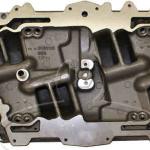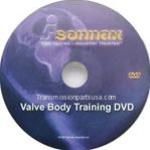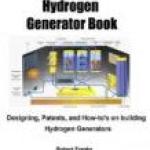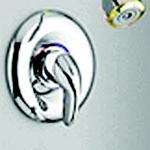Intercooler adapter for REAR / CENTER mount turbo (1996 - 2003 + Hummer) GM 6.5 Liter Turbo diesels. GM 10238859 - "F" or "R" adapter and crossover for either rear or front piping 2.25" lines. You need to procure your own intercooler, and piping. Has five 1/8 / 27 NPT plugs for water injection nozzle mounting on each side and three in the center.. Water injection system not included. Two 1/2 gallon per hour nozzles included for 1/4 inch (recommended aluminum) tubing as compression fittings. The adapter is a Genuine GM Aluminum casting
GM 10238859-F is front hook-up set up and GM 10238859-R is rear hook up (recommended)
Air density loss from 27° F hotter intake air equates to a 5% loss in power. For example a 235 horsepower engine would produce 223 horsepower. The OEM plastic air box is a good insulator in keeping the air cool inside the box. The thermal conductivity of plastic is 22 times less than steel. Aluminum is a heat sink. The intake manifold itself with a warm engine will actually HEAT up the air with warm engine heat soak to 160 to 180 degree heat of the engine, so an Intercooler delivers even COOLER air back to the intake after compression by the Turbo.
If you think this does not mean anything - "much" - think again. Our 6.5 L Turbo Diesel went from average IAT of 125 to 145 F to 100 to 118 F and average horsepower of 60 HP on acceleration to 100 on light acceleration. This is unscientific - but the pressure required on the accelerator pedal is way less to move in traffic. The Turbo previously would "surge" and would not stay in constant boost with IAT's in the 130 to 140 range, but with the Intercooler IAT's actually DROP further on acceleration from 120 to 125 to around 115. The GM ECM de-fuels around 125 degrees and no boost much after that. This is because more air is moving through it faster that never had a real chance to get hot - and more cooler ambient air is moving past and through fins of the Intercooler with higher speed on acceleration. If the vehicle would be parked for a trip into a store of any kind - a return to it found the IAT at engine temperature - about 160 F, and it would not cool down much to 140 with driving. With the Intercooler, it drops to 118 within about a block of driving - let us call it within a half of a mile. With water injection even faster.
This is critical because if you do not know - the GM Diesel ECM will "de-fuel" the Injection Pump with high IAT's, and the engine will never develop much HP in that mode and the Turbo will not kick in above 125 to 130 F. It assumes high IAT will equate to High EGT's and thus it is programmed that way to protect the engine itself and the Turbo with pre-Trubo EGT's. Generally this is a fair and correct assumption especially under load. You can feel it and you can hear the noticeable absence of the Turbo whine. With the Intercooler, not only does the Turbo stay in boost - it can be heard clearly in constant boost even when gears shift, and the vehicle runs much smoother and with better overall power. No other changes were made, and this is with a small $70, 27" x 3" x 5.5" Intercooler. (inches) A 27" x 3" x 7" intercooler would probably also fit if you are careful about pulling into and out of driveways not straight on or too fast to cause the suspension to compress excessively.
Unless you have an air intake temperature gauge - like an OBD-II reader-gauge like an ULtragauge - or are using a program on an Android phone across Bluetooth like "dashcommand" or using an ultragauge, you cannot see how radically the air intake temperatures swing.
Air intake cold in the morning (a southern California July morning) once started at 80 F and would go to around 116 F to 125 F and hold there as long at the vehicle is moving. Mid-day I could never get it much below 140 F. So long as it stays UNDER 125 F it would run fine - but the first long stop light will end that hope - it will get to 135 to 140 at the light. . If you park say to go into store - the engine heat soak will cover the whole engine - when you start it back up the air intake will be the engine temperature approximately - usually 160 F. You cannot cool this back down by driving without an Intercooler.
If you push for hard acceleration - it will not cool down the intake air, and combustion temps will be too hot for good performance. Most all research shows a diesel likes no more than 60 C or 140 F for air intake temps. 75 F is ideal.
Over 125 F ours would run like crap and the turbo will not kick in or stay in steady . More boost is MORE heat to the intake air temperature. ULSD does not help - even though it burns cooler - it just means less power.
With the engine warm and an Interooler - it can sit and idle until the IAT rises to 150 and then pull off and start moving, and using an Ultragauge you can literally watch the horsepower developed go UP, with no change on the accelerator pedal - as the IAT temperature cools down It will literally accelerarate by itself.
This happens FASTER if we turn on the mist spray feature we installed in front of the Intercooler, and faster yet if we turn on the intake mist cooler inside the intake crossover corners.
A Diesel is a balancing act engine.
You can also use the twin water injection feature to cool the intake internally with straight water - or methanol injection. You can also spray the outside of the Intercooler with a mist as you drive for a greater temperature drop at the Intercooler as air passes through it inside. You vary the amounts of both or either by varying the pressure to the nozzles.
We do not post a picture of the adapter - or our systems - because once we do - once anyone does - Google picks it up and floods the web with them - and you may not post pictures of it either. The pic shown is similar but not the same.
Installation is straight forward. You remove the existing cross-over portion and replace it with ours. (six ten MM bolts) You plumb the piping. To the rear is best in a van - back towards drivers side and down past the Oil filter through the K member next to the oil pan over the tie rod and under the sway bar with a common two 90, two 45 and two U turn aluminum piping Intercooler kit. You may need to have someone at a muffler shop etc - complete the 45 bends to 90 for you. You will need two 2.5 to 2.25 silicone 90 degree adapter elbows, and four 90 degree 2.25 silicone elbows extra from the kit and about 16 extra radiator hose clamps, and two pieces of 2.25" stainless steel flex exhaust piping available at Autozone and other auto parts suppliers - for the bend from in the K member to the down elbows. If you cut a 90 degree elbow from the center of hte U turn pipe - that will give you two pipes with about the right angle and each side to go down the drivers side of the rear of the engine. You caulk all around the outside of the stainless piping with Polyurethane caulk, then wrap shipping tape around it to smooth it and keep from getting your hands all in it - and install it last with the caulking and taping done just immediately before installation so it will still be flexible. Do not caulk it ahead of time - as once it hardens it will be rigid and air tight. The stainless piping flexes and expands about two to three inches also. So you want it wet - but you want the tape wrapped all around it all the way down because this stuff is super sticky and is a mess to work with . You can drive it right away but keep boost to a minimum - that is keep your foot out of it so the vacuum will actually draw the caulk tighter into the flex rolls of the piping. It will take a few days - maybe a week to harden under the tape wrapping, but the under vehicle heat will help. So drive it easy for a while.
2.5 inch piping with not make it through the spaces available on the GM van, and the internal diameter of the outlet of the Turbo is around 2" anyway, so you are not loosing anything really.
- Lower EGT: Cooler intake air is denser which allows the engine to make the same power with less fuel. Less fuel in the combustion chamber will result in lower exhaust gas temperature (EGT). An EGT reduction of 40-50°F is not uncommon. Since cooler intake air lowers EGT, more fuel can be injected into the combustion chamber to increase power and still remain below the maximum recommended EGT.
- Lower intake air temperature for more power: Intake air temperature an average of 7°F cooler than using the OEM snorkel alone, results in 1.5% more power. Cooler air intake temperature results in an increase in air density and allows your Diesel to make more power.
- Faster engine cool down: Cooler air results in lower under-hood temperature and faster engine cool down prior to shutting down an engine
INCLUDES
1. As described above adapter and modified crossover manifold section for front or rear pipng.
2. Let us know in the notes which direction you want the piping to set up to pipe from.; 2 week lead time.
3. Instructions custom made - non-refundable.
4. 10 hours email support and a "how-to" set-up consideration for your vehicle
5. We need the VIN of the application this is to be used on.
This is not a pollution control item - it is a direct purchase.
NOT for side turbo mount 6.5 L engines.
UC_Image



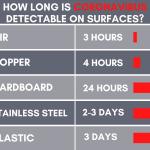 ,
,  ,
, 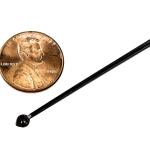 ,
, 
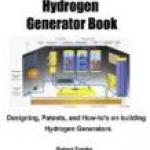

 ,
, 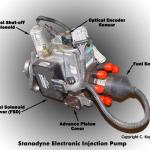 ,
, 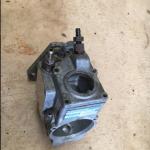 ,
, 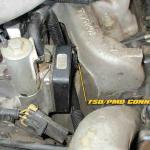 ,
,  ,
,  ,
, 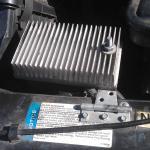 ,
, 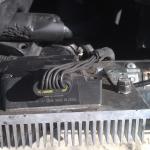

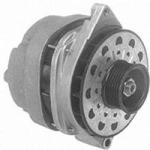 ,
, 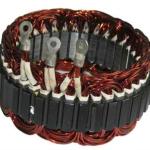 ,
, 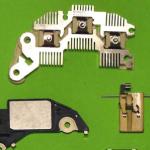
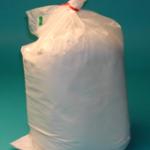
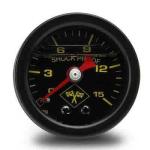 ,
,  ,
, 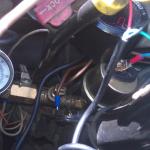
 ,
, 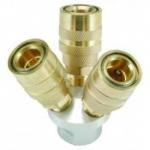
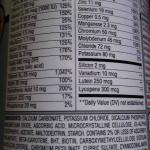 ,
, 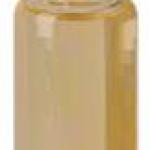 ,
, 
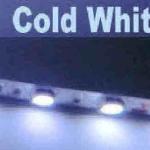 ,
,  ,
, 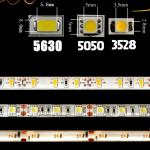 ,
, 

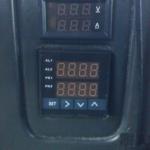

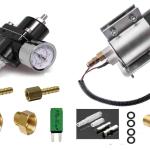
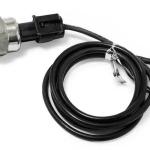
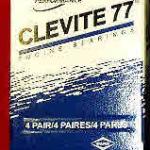
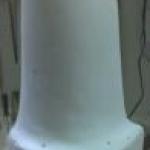
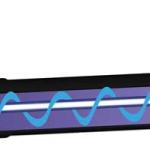



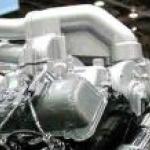
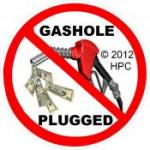
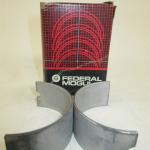
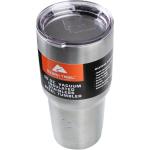
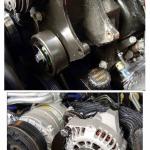

 ,
, 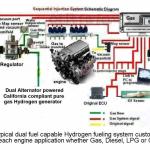 ,
,  ,
, 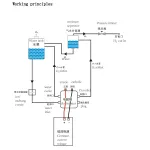


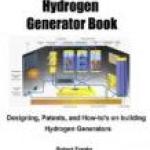
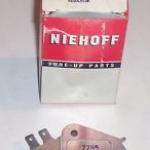
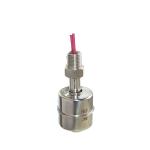

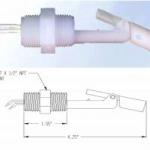


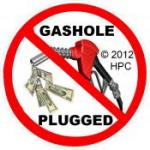
 ,
, 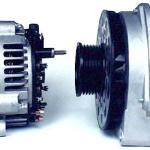 ,
,  ,
, 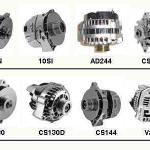

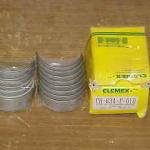



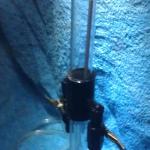 ,
, 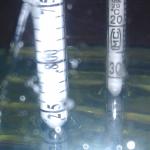 ,
, 

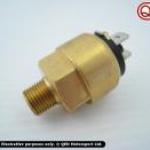

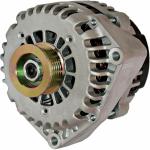 ,
, 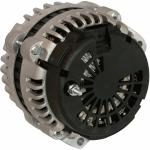 ,
,  ,
, 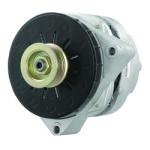

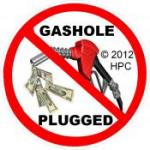
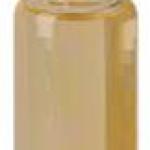
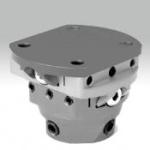
 ,
, 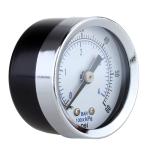
 ,
, 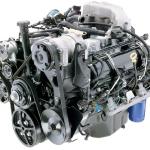
 ,
, 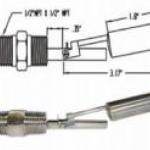
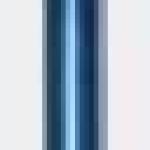

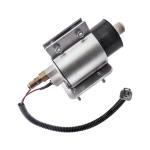
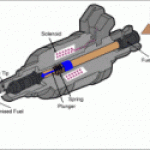

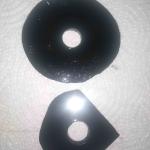 ,
,  ,
,  ,
,  ,
, 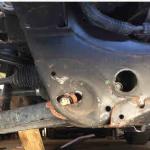
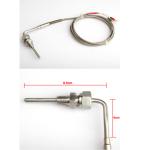
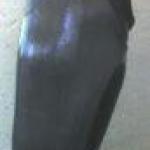

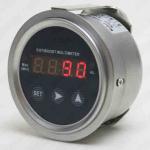
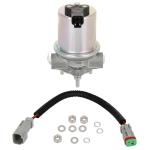
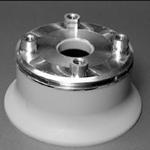
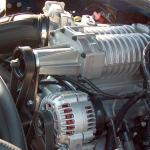 ,
, 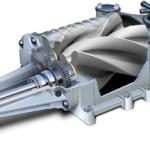 ,
,  ,
, 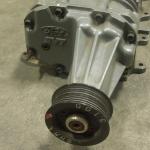 ,
, 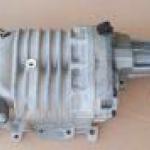 ,
, 